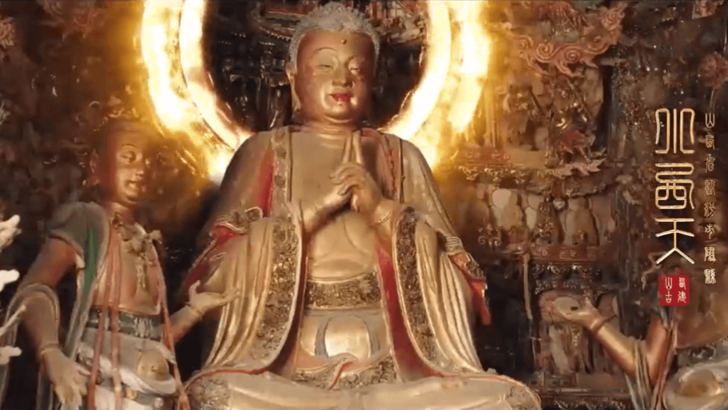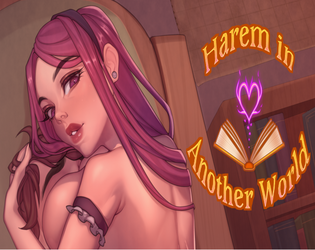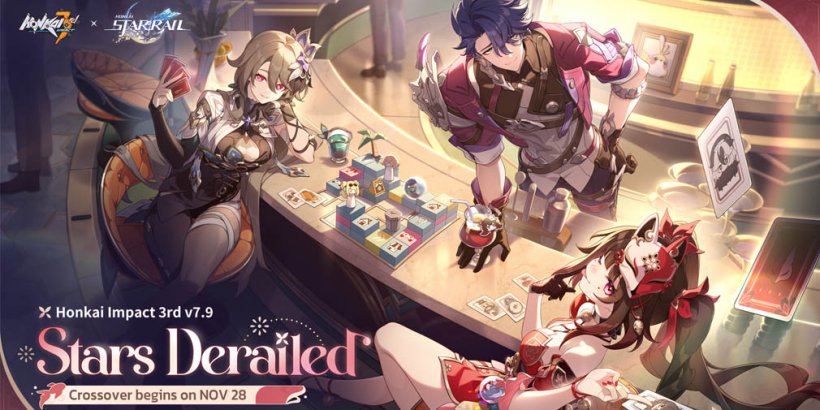Black Myth: Wukong Showcases China's Cultural Heritage

Black Myth: Wukong Replicates Shanxi’s Cultural LandmarksWukong Enhances Tourism in Shanxi Province
Black Myth: Wukong, a Chinese action RPG based on the Chinese classic "Journey to the West", has captivated the world. However, the game’s impact extends beyond gaming. The game’s visuals, inspired by real-world locations in China’s Shanxi Province, have ignited a surge in interest in the region’s cultural and historical assets.
This popularity hasn’t escaped the Shanxi Department of Culture and Tourism. Recognizing the potential to utilize Black Myth: Wukong’s global appeal, the department has launched a promotional campaign highlighting the real-world locations that inspired the game’s environments. There will even be a special event titled "Follow Wukong’s Footsteps and Tour Shanxi."
"We have been overwhelmed with requests from all directions—some seeking customized travel itineraries, others looking for detailed guides," said the Shanxi Department of Culture and Tourism, according to Global Times. "Rest assured, we have carefully noted every request."
Black Myth: Wukong is rich in Chinese cultural references. The game’s developers, Game Science, have painstakingly crafted a world that reflects the essence of China's culture and mythology. From towering pagodas and ancient temples to sprawling landscapes reminiscent of traditional Chinese paintings, the game transports players to a bygone era of emperors and mythical beings.
Shanxi Province stands as a cornerstone of Chinese civilization, as it possesses a wealth of cultural assets. These same riches are mirrored in Black Myth: Wukong’s world. A promotional video from last year showcased the game’s recreation of the region’s Little Western Paradise, featuring its distinctive hanging sculptures and the Five Buddhas.
In the promotional video, these sculptures appear to move, with one of the Five Tathāgatas, or Great Buddhas, even extending a welcome to Wukong. While the Buddha’s role in the game remains unclear, his dialogue hints at a potentially antagonistic role.
The game’s narrative is still undisclosed, but it’s important to note that Wukong is seen as the "斗战神" or "Warring Deity" in Chinese mythology. This aligns with his rebellious nature in the Classic novel, where he was imprisoned under a mountain by Buddha after challenging the heavens.
Beyond Little Western Paradise, Black Myth: Wukong also pays tribute to other Shanxi landmarks, such as the South Chan Temple, Iron Buddha Temple, Guangsheng Temple, Stork Tower, and other cultural sites. Yet, according to the Shanxi Cultural Media Center, these virtual representations only scratch the surface of the province's vast cultural legacy.

Delve deeper into Black Myth: Wukong’s global triumph by reading the article below!

















![Salvation in Nightmare [v0.4.4]](https://imgs.21qcq.com/uploads/36/1719555347667e551321c26.jpg)











